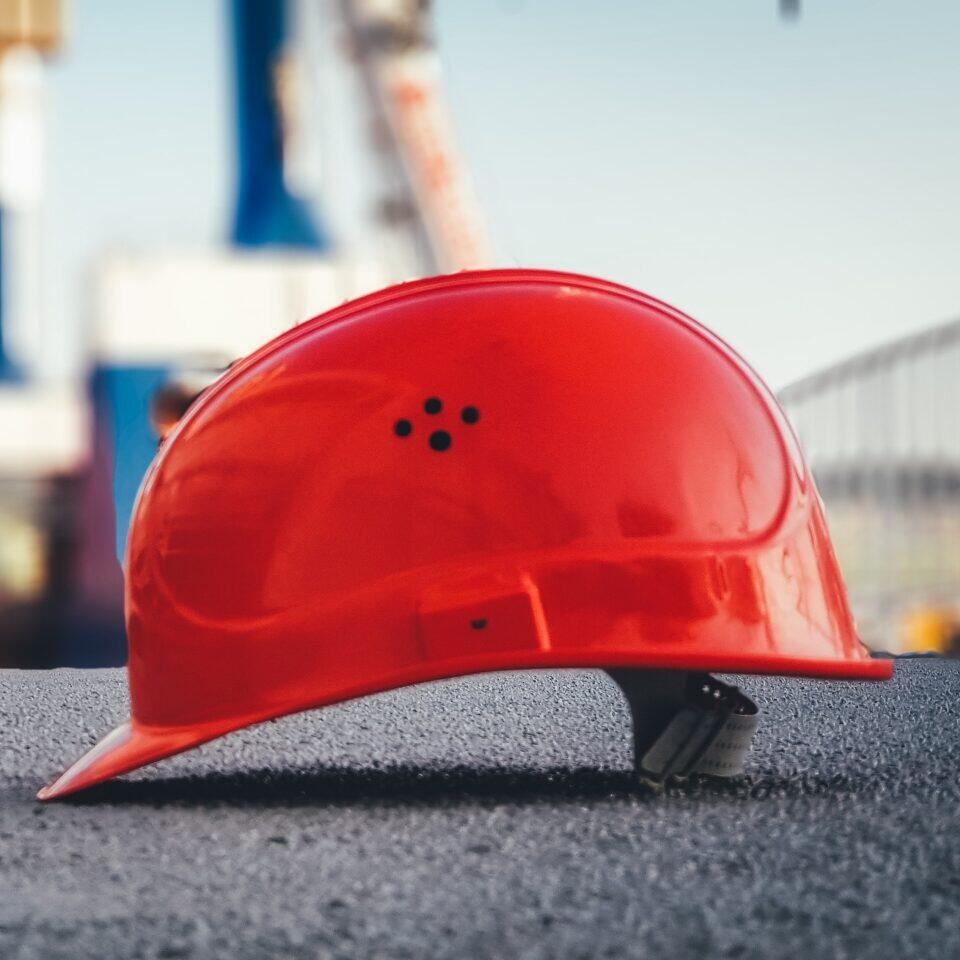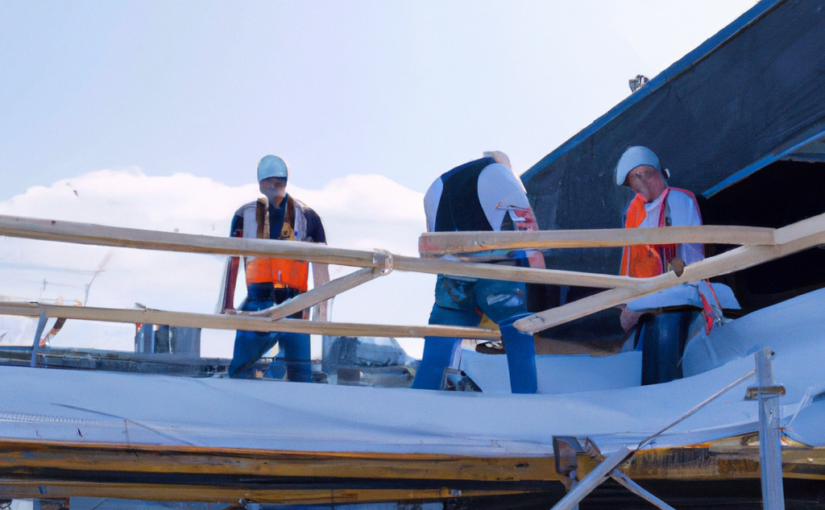Last Updated on May 24, 2023
Construction work can be dangerous, and accidents can happen in a variety of ways. When an accident occurs, it’s important for the injured worker to understand their legal rights and options for seeking compensation. Maximizing compensation for a construction accident involves understanding the types of accidents that can occur, determining liability, filing a workers’ compensation claim, pursuing a personal injury lawsuit, and negotiating a settlement.
Maximizing Compensation for Construction Accidents
Understanding Construction Accidents
Types of construction accidents
Construction accidents can occur in many ways, but some types of accidents are more common than others. The Occupational Safety and Health Administration (OSHA) identifies four main types of construction accidents: falls, electrocutions, struck-by accidents, and caught-in/between accidents.
- Falls: Falls can occur from ladders, scaffolding, roofs, and other elevated areas. They can be caused by unstable surfaces, lack of proper fall protection, or human error.
- Electrocutions: Electrocutions can occur when construction workers come into contact with live electrical wires or equipment. They can be caused by faulty wiring, lack of proper training, or failure to follow safety protocols.
- Struck-by accidents: Struck-by accidents occur when construction workers are hit by falling objects, moving vehicles, or other equipment. They can be caused by inadequate barriers, poor lighting, or lack of proper signaling.
- Caught-in/between accidents: Caught-in/between accidents occur when construction workers are caught, crushed, or squeezed between objects or equipment. They can be caused by lack of proper guarding, failure to follow safety protocols, or human error.
Factors contributing to accidents
Construction accidents can be caused by a variety of factors. Some of the most common factors include:
- Lack of safety training: Workers who are not properly trained in safety procedures are more likely to be involved in accidents.
- Negligence: Contractors, subcontractors, and property owners who fail to provide a safe working environment can be held liable for accidents caused by their negligence.
- Poor safety equipment: Workers who are not provided with proper safety equipment, such as harnesses, hard hats, or safety glasses, are more likely to be injured on the job.
The role of safety regulations
Safety regulations play an important role in preventing construction accidents. OSHA sets standards for workplace safety and conducts inspections to ensure that employers are complying with these standards. Local building codes also set requirements for safety measures on construction sites. Construction site inspections can help identify hazards and ensure that safety measures are being followed.
Determining Liability for Construction Accidents
Contractors and subcontractors
Determining liability for a construction accident can be complex, as there are often multiple parties involved. Contractors and subcontractors may be held liable for accidents caused by their negligence. For example, a subcontractor who fails to properly secure scaffolding could be liable for a worker’s fall from the scaffolding.
Property owners
Property owners may also be held liable for construction accidents that occur on their property. For example, a property owner who fails to maintain safe conditions on their property could be liable for a worker’s slip and fall.
Comparative negligence
Comparative negligence is a legal concept that can impact the amount of compensation a worker is entitled to receive. If the worker is found to be partially at fault for the accident, their compensation may be reduced. For example, if a worker was not wearing proper safety equipment at the time of the accident, they may be found partially at fault.
Proving liability
Proving liability in a construction accident case can be challenging, as there may be multiple parties involved and evidence may be difficult to obtain. Expert testimony from engineers, safety professionals, and medical professionals can be used to support a worker’s claim.
Filing a Workers’ Compensation Claim
Eligibility requirements
Workers’ compensation is a type of insurance that provides benefits to workers who are injured on the job. In order to be eligible for workers’ compensation, the worker must be an employee and the injury must be work-related.
Types of workers’ compensation benefits
Workers’ compensation benefits can include:
- Medical expenses
- Lost wages
- Disability benefits
- Vocational rehabilitation
Filing a claim
To file a workers’ compensation claim, the injured worker must notify their employer and complete the necessary paperwork. The employer’s workers’ compensation insurance carrier will then review the claim and determine whether to approve or deny benefits.
Appealing a denial
If the workers’ compensation claim is denied, the injured worker has the right to appeal the decision. The appeals process can be complex, and it’s often helpful to work with an attorney who has experience handling workers’ compensation cases.
Working with a workers’ compensation attorney
Working with a workers’ compensation attorney can help ensure that the injured worker’s rights are protected and that they receive the compensation they deserve. An attorney can help with the claims process, negotiate with the insurance company, and represent the worker in court if necessary.
Pursuing a Personal Injury Lawsuit
Types of damages
In some cases, it may be necessary to pursue a personal injury lawsuit in order to maximize compensation for a construction accident. Damages in a personal injury lawsuit can include:
- Economic damages, such as medical expenses and lost wages
- Non-economic damages, such as pain and suffering
Statute of limitations
There is a statute of limitations for filing a personal injury lawsuit, which varies by state. It’s important to act quickly if you believe you have a case.
Filing a lawsuit
To file a personal injury lawsuit, the injured worker must file a complaint in court. The complaint must state the facts of the case and the legal basis for the lawsuit.
Pre-trial procedures
Before a personal injury lawsuit goes to trial, there may be pre-trial procedures such as discovery, where both sides exchange information and evidence.
Trial and judgment
If the case goes to trial, the judge or jury will hear the evidence and make a decision. If the injured worker wins the case, they will be awarded damages.
Negotiating a Settlement
Factors impacting settlement amount
In many cases, a construction accident claim can be resolved through a settlement rather than a trial. The settlement amount will depend on a variety of factors, including:
- Severity of injuries
- Strength of the evidence
- Likelihood of success at trial
- Willingness of the insurance company to settle
Negotiating a settlement can be complex, and it’s often helpful to work with an attorney who has experience handling these types of cases.
If you have been injured in a construction accident, it’s important to seek legal advice as soon as possible. The sooner you begin the process of seeking compensation, the better your chances of maximizing your monetary recovery. Call us today at 844–682‑0999 for a free consultation.

